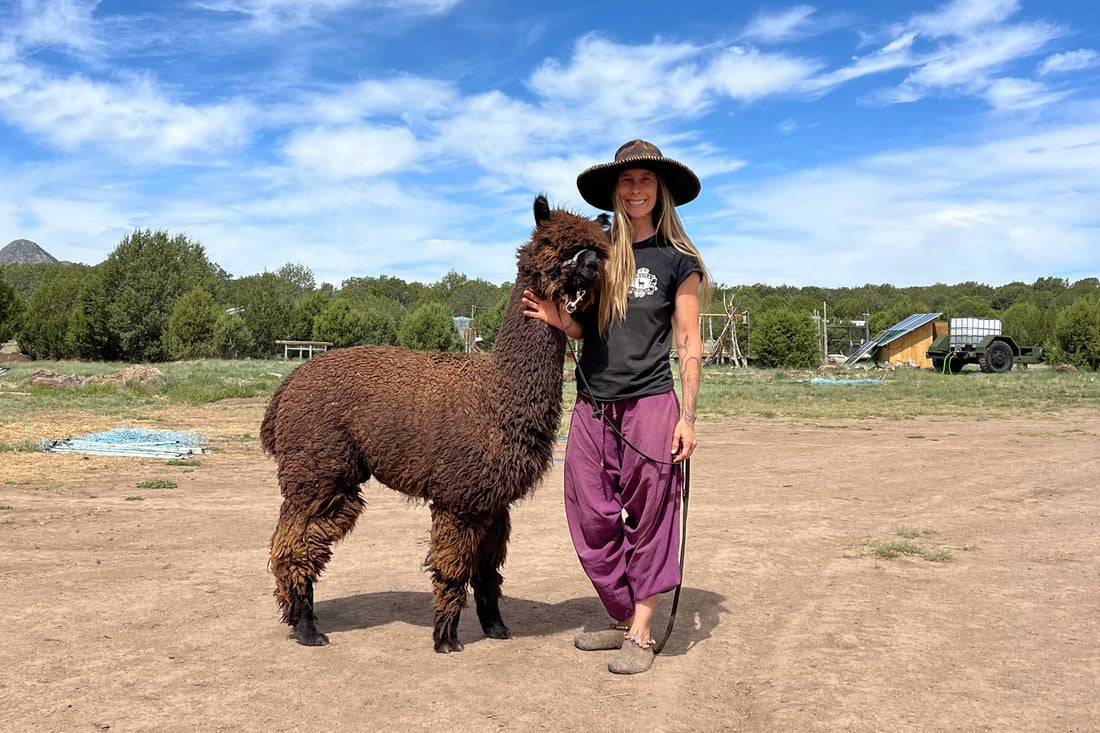
5 Key Terms Transforming My Fashion Practice: A Reflection on Sustainability
In my journey towards a more sustainable and thoughtful approach to fashion, I’ve been meditating on and integrating these five key terms into my practice. Each offers a lens through which we can rethink our relationship with clothing and the impact it has on our world.
1. Planned Obsolescence
In 1925, a group of lightbulb manufacturers formed a cartel and met in Switzerland to address a problem: lightbulbs were lasting too long—up to 2,500 hours. To ensure consistent profits and control over consumers, they agreed to limit the lifespan of lightbulbs to 1,000 hours. This practice, known as planned obsolescence, has since permeated many industries, including fashion. Today, we see it clearly in poorly made garments that fall apart after just 6-10 wears, perpetuating a cycle of consumption and waste.
2. Fast Fashion
Fast fashion is a byproduct of ready-to-wear fashion, which replaced custom clothing with standardized sizes around the 1850s. Macy’s, the first department store in the U.S., opened in New York in 1852, turning shopping for clothes into a social experience with restaurants and tea rooms aimed at women. This trend grew throughout the 20th century, bolstered by advertising and fashion magazines. By the 1990s, Zara revolutionized the industry with a fast fashion model, taking just three weeks from design sketch to retail floor and introducing 20,000 new styles in stores twice a week.
3. Slow Fashion
In contrast, slow fashion promotes creating clothing that consumers cherish for its materials and quality. It’s about moving away from mass production and disposable trends to a more thoughtful approach that values craftsmanship and sustainability.
4. Functional Durability
When considering a purchase, functional durability should be a priority. Garments should be constructed to last, with ethical design practices in mind. Extending the life of a piece of clothing by just nine months can reduce its environmental impact—cutting carbon emissions, water usage, and textile waste by 20-30%.
5. Emotional Durability
Emotional durability is about forming a lasting connection with our clothes. When we feel attached to an item, we are more likely to care for it and repair it instead of discarding it. This attachment is influenced by the garment’s comfort, fit, and how it ages over time.
Closing Thoughts
Thank you for joining me on this journey into sustainable fashion. By becoming aware of these concepts, we can make small but meaningful shifts towards a more conscious and sustainable fashion practice. Let’s treasure our clothing and make choices that honor both people and the planet.
